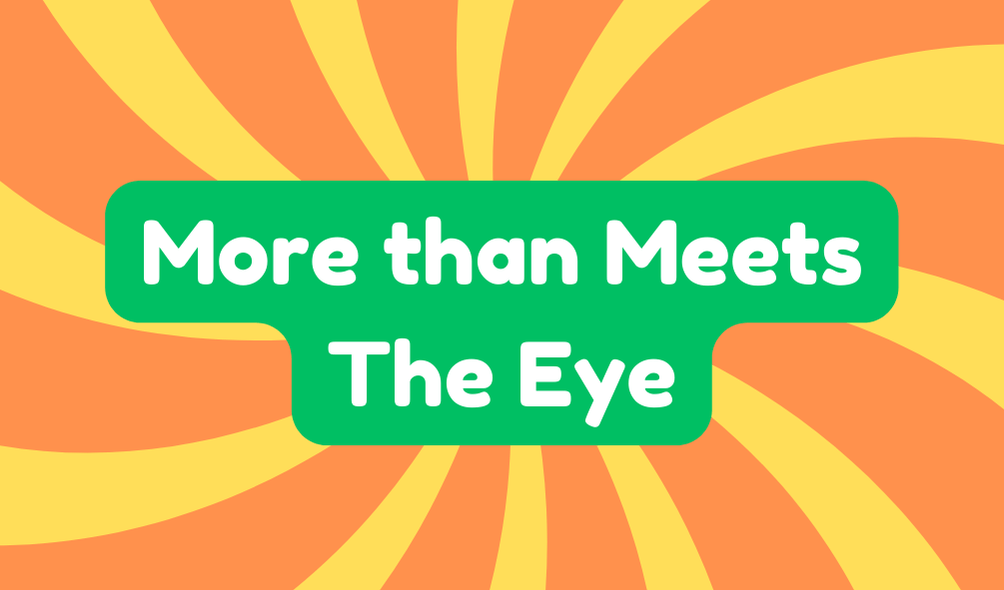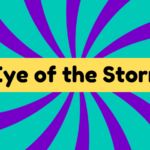When you hear the phrase "more than meets the eye," it reminds you that appearances can be misleading. It pushes you to look beyond the surface and consider hidden complexities. For example, a seemingly simple task might reveal unexpected challenges, or a person's unique qualities might challenge your first impression. This saying dates back to the early 1800s, encouraging critical evaluation of people and situations. It's relevant today, prompting you to question assumptions and seek deeper understanding in various aspects of life. There's a lot more to discover on this topic, if you're curious to explore further.
Synonyms
When you hear the phrase "more than meets the eye," it's essential to recognize its deeper meaning, much like the expression "don't judge a book by its cover." Both phrases remind you to look beyond surface appearances and consider the hidden qualities that often lie beneath. Here are some synonyms that echo this sentiment:
- Looks can be deceiving – a warning against superficial judgments.
- Hidden depths – emphasizing the intricacies that aren't immediately visible.
- Surface flaws – indicating that not all imperfections reveal the whole story.
- Beneath the surface – urging deeper investigation into what's presented.
Understanding these synonyms encourages critical evaluation and helps you navigate the world's deceptive appearances, leading to more informed decisions and a richer grasp of complex situations.
Example of Sentences
Looking beyond mere appearances can considerably enhance your understanding of various situations. When you dig deeper, you might uncover complex interpretations and hidden truths. Here are some examples to illustrate this concept:
- A research project revealed complexities beyond first impressions, challenging your assumptions.
- The new job's demands proved more taxing than you anticipated, revealing unexpected challenges.
- An individual's unique qualities might challenge your initial impressions, encouraging you to look closer.
- An accident, which initially appeared straightforward, had underlying issues that suggested deeper inquiries.
Origin
The phrase "more than meets the eye" originates from an idiom that dates back to the early 1800s. It highlights how what you see often doesn't tell the whole story. This notion of idiom usage carries hidden meanings that go beyond simple appearances. At its core, the phrase urges you to dig deeper, encouraging critical thinking rather than accepting things at face value. When you encounter new ideas or people, remember that surface traits might mask significant qualities or intentions. Whether in personal relationships or professional settings, this idiom serves as a reminder to challenge your assumptions and explore the complexities that lie beneath. Ultimately, it's about seeing life from a more discerning perspective.
Collocations
Understanding the phrase "more than meets the eye" goes beyond just recognizing its origin; it also ties into how we use certain collocations. It's essential to grasp that words often come together to reveal complex layers and hidden truths. Here are four collocations to reflect on:
- Dig deeper – Encourages exploration beyond surface-level understanding.
- Uncover hidden – Suggests revealing aspects that aren't immediately obvious.
- Surface-level analysis – Warns against relying solely on initial impressions.
- Challenge assumptions – Advocates for questioning preconceived notions.
How to Use in Everyday Language
When you navigate conversations or decision-making, remember that "more than meets the eye" can serve as a powerful reminder to probe deeper. By recognizing conversational and contextual cues, you can enhance your interactions and foster innovation. Here's how you can apply this idea:
| Situation | Conversational Cue | Contextual Cue |
|---|---|---|
| Job Interview | Listen for passion over credentials | Observe the company culture |
| Friendships | Look beyond initial impressions | Notice changes in behavior |
| Customer Feedback | Seek suggestions, not just compliments | Analyze trends in responses |
| Team Dynamics | Pay attention to unspoken agreements | Identify underlying tensions |
| Cultural Discussions | Understand experiences and perspectives | Explore historical contexts |
Why Is It Still Relevant Today?
Recognizing that deeper layers often exist beneath surface appearances, "more than meets the eye" remains relevant today as it encourages a thoughtful exploration of our interactions and assumptions. In a world filled with quick judgments, embracing this perspective sharpens your critical thinking skills. You begin to question cultural perceptions that shape your views and behaviors. Each person or situation may reveal hidden complexities you wouldn't notice at first glance. This mindset fosters an environment where innovation thrives, challenging stereotypes and inviting deeper understanding. Whether in personal relationships or professional settings, looking beyond the surface doesn't just enrich your perspective; it cultivates a more inclusive worldview. So, don't stop at the obvious—dare to dig deeper.







